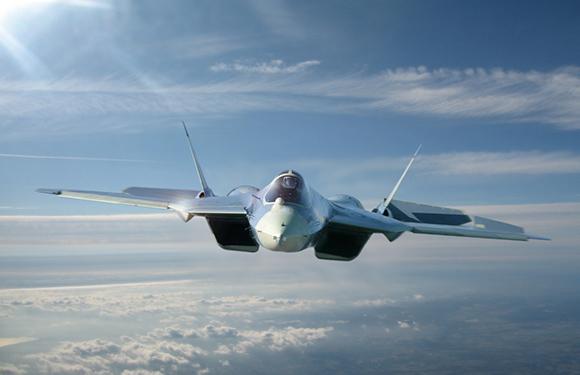The Chauda polygon, in the Crimea, will host the flight tests of the new Russian aerial platforms. This is what the commander of the Aerospace Forces, General Viktor Bondarev, announced to the country's media.
All the features of the new prototypes - added Bondarev - are being evaluated. Based on the results, we will make corrections.
Without ever mentioning it, Bondarev clearly referred to the Sukhoi T-50 PAK-FA prototype, a new fifth-generation platform and Moscow's first experience in the field stealth.
The PAK-Fa updates were abruptly interrupted a few months ago due to unspecified problems. We know that in six years, the six prototypes of the T-50 have only completed 700 test flights.
The last known incident of a T-50 dates back to the 10 June of the 2014, when one of the two engines of the fifth prototype caught fire. From Sukhoi they had to suspend the production of the sixth prototype and use the components already made to repair the damaged aircraft.
Despite the proclamations and a series production announced in the 2017 (it was announced by the end of the current year), the Russian Air Force has reduced the initial order of sixty T-50 to a dozen platforms with implemented changes.
All fighters were equipped with AESA radar and three-dimensional vector thrust control. When the development of the PAK-FA is completed one day, Moscow will have a formidable fighter. The design is probably quite sophisticated if not similar in performance to that of the F-22 Raptor. If it can be even higher this is all to be demonstrated.
The Russians pay the inexperience with the fifth generation technology, such as the integration between different sensors and the approach with the new coating stealth of which the Pak-Fa is equipped. It could take years and billions of dollars. The T-50 took off for the first time the 29 January of 2010 (without, however, part of the avionics such as radar and arms management systems).
The Russians confirm that the Pak-Fa will be built in a number between 800 and exemplary 1000, including exports. For the T-50, an operating cycle of forty years is expected, with an estimated cost of 100 million dollars per hunt.
The T-50 represents the first experience for the Russians with absorbing radar materials (Ram), compared to the thirty-year experience gained by the Americans with the F-117.












